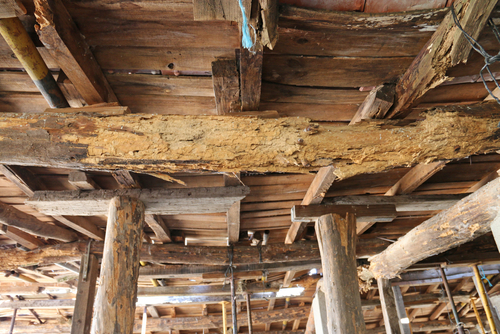In most property services businesses, summer is usually the busiest time of year – this is certainly the case for pest control. The warm weather and increased humidity create ideal breeding conditions for a wide range of summer pests, including cockroaches, fleas, ticks, mosquitoes, ants, and more.
These pests are more than a nuisance. As you know, they’re often a health hazard for your customers. They can carry diseases and their bites can be painful and/or itchy. In some cases, pest infestations can even lead to structural damage to homes. Below is a roundup of common summer pests to be aware of and clued up on this season, as well as the appropriate route for managing them.
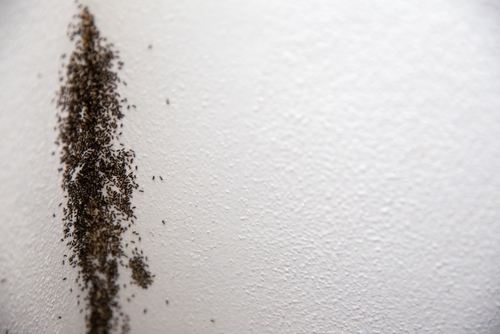
Summer pests: Cockroaches
Cockroaches are one of the most common pests in Australia and they’re one of the pest types that can carry diseases. Especially active in the summer, ‘cockies’ are attracted to food, water and humidity, warmth and light.
To effectively manage cockroaches, you should follow a two-step approach.
First, start with a thorough inspection of the area to identify the type of cockroaches (German, Oriental, American, Brown-banded, etc) and the extent of the infestation. Look for places where they hide, like cracks, crevices, and damp areas.
Once you have a clear picture of the problem, use appropriate insecticides or baits. It’s crucial to choose products that are registered for use and follow the label instructions carefully. Apply these treatments to the areas where you found the cockroaches, especially in their hiding spots. Make sure to treat both the interior and exterior of the property for a more comprehensive approach.
Secondly, educate your customers about proper sanitation and hygiene measures to prevent future cockroach problems. Encourage them to keep their homes or businesses clean, fix any water leaks, and store food in airtight containers. Explain the importance of regular cleaning and removing clutter to eliminate hiding spots for cockroaches, and that semi-regular follow-up inspections and treatments are likely necessary to ensure long-term cockroach control.
For more on cockroach pest control, read our article “Celebrating Cockroach Pest Control Heroes For The Great Work They Do“.
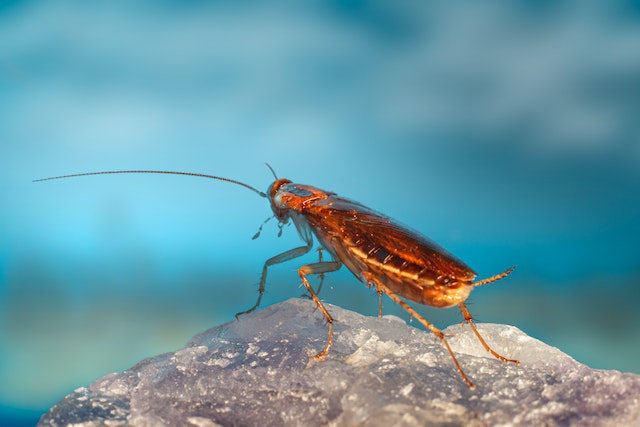
Summer pests: Fleas
Fleas are another common summer pest in Australia. Found on pets and then their humans, these little critters can bite and cause itching. Fleas can also carry diseases such as typhus.
To manage fleas for your customer, thoroughly inspect the infested area first then move beyond to see where else they could be hiding. Identify the source of the fleas, which is often pets like dogs and cats. Inspect carpets, rugs, and pet bedding for flea eggs, larvae, and adults. Once you’ve pinpointed the problem areas, use safe and registered insecticides specifically designed for flea control. Apply these treatments to the identified spots, paying attention to cracks and crevices, as fleas can hide in these places. Make sure to treat both the indoor and outdoor areas where the fleas are present.
After treatment, advise your customers to vacuum their homes thoroughly, especially in areas where you applied the insecticides. Then they should dispose of the vacuum bag or clean the vacuum canister outside the house to prevent fleas from escaping. Educate your customers on the importance of regular pet grooming and flea control for their pets (read about flea and tick treatment for pets here).
As with cockroaches, follow-up inspections and additional treatments may be necessary to ensure the fleas are completely gone.
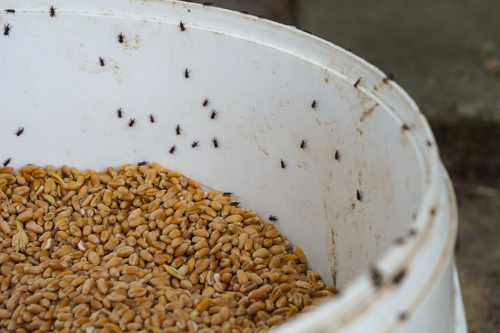
Summer pests: Ticks
Ticks are also common in Australia, and especially active in the summer. Ticks bite and cause itching too – sometimes worse, with tick paralysis in pets and children – and may carry diseases such as Lyme disease.
To manage ticks effectively it’s important to focus on outdoor areas where ticks are commonly found. Conduct a thorough inspection of your customer’s property, paying special attention to tall grass, bushes, and wooded areas. Ticks often hide in these places.
Use approved tick control products to treat these outdoor areas, following the product’s instructions carefully (watch our video on how to use chemical labels appropriately). Advise your customers to keep their lawns well-maintained by mowing regularly and trimming bushes to reduce tick habitats. You can also recommend they use tick repellents on clothing and exposed skin when spending time outdoors, especially in tick-prone areas.
For indoor tick control, suggest that your customers wash and dry their clothing on high heat after outdoor activities. They should also check pets for ticks and use tick preventatives on them, as pets can carry ticks indoors. Let your customers know about the importance of tick awareness and prompt tick removal if they find a tick on their body.
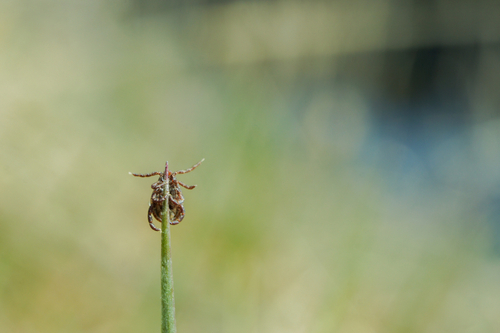
Summer pests: Mosquitoes
Mosquitoes are another common summer pest in Australia that bite and cause itching, sometimes with allergic reactions to boot. They can also carry diseases such as dengue fever.
To effectively manage mosquitoes it’s essential to focus on both larval and adult stages. Start by inspecting the property for areas of stagnant water where mosquito larvae may be breeding, such as clogged gutters, ponds, or containers. Advise your customers to eliminate these breeding sites by emptying and properly maintaining containers, repairing leaks, and ensuring proper drainage. In cases where breeding sites can’t be eliminated, recommend the use of mosquito larvicides, which are designed to kill mosquito larvae in standing water. Apply these larvicides as directed on the product label.
For adult mosquito control, use insecticides registered for mosquito management in the area. Treat outdoor areas where mosquitoes are likely to rest, like shrubs, bushes, and tall grass. Let your customers know the importance of wearing mosquito repellent and using screens on doors and windows to prevent mosquitoes from entering their homes. Additionally, recommend that they avoid being outside during peak mosquito activity times, such as dawn and dusk.
Regular follow-up treatments and customer education about mosquito prevention practices will help keep mosquitos at bay in the long term.
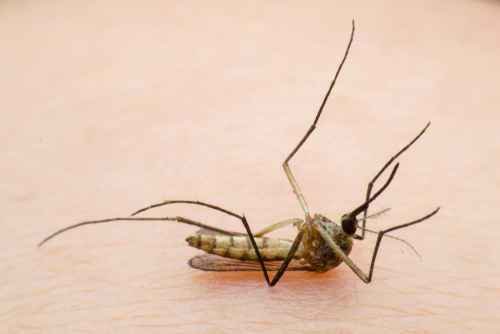
Summer pests: Ants
Ants are another common summer pest in Australia. They’re found in homes and gardens, and are attracted to food and water. Ants can also bite and cause itching, not to mention be seriously annoying when they infest pantries, cupboards and other areas.
To manage ants effectively, start by identifying the type of ants you’re dealing with and locating their entry points. Conduct a thorough inspection to find their nests, often located near food sources or in damp areas. Once you’ve identified these areas, use ant baits or insecticides registered for ant control. Place these baits or apply insecticides near ant trails, but avoid blocking their paths initially. Let the ants carry the baits or insecticides back to the nest, which will help eliminate the entire colony. It’s essential to advise your customers not to disturb the ants during this process.
Educate your customers about proper sanitation and food storage practices to prevent ant infestations. Recommend that they store food in airtight containers, clean up crumbs and spills promptly, and seal any entry points ants could be using to access their property. Follow-up inspections may be necessary.
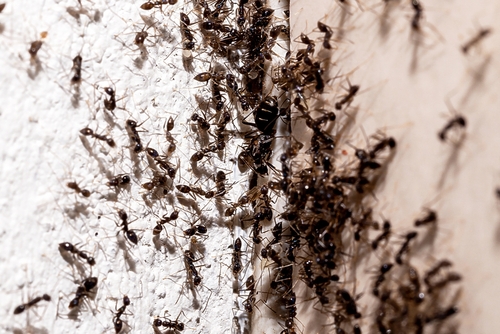
Summer pests: Spiders
Spiders are a common summer pest in Australia, and they can be especially active in the summer. Some spiders in Australia are venomous, so it’s important to be careful around them.
To professionally manage spiders, thoroughly inspect the property to identify the type of spiders and their hiding spots. Look for webs, egg sacs, and spider activity in and around the building. Once you’ve pinpointed their locations, use registered insecticides or spider control products to treat these areas. Apply these treatments to cracks, crevices, and other potential hiding spots. Be sure to let your customers know about the importance of not disturbing spider webs or nests before treatment.
Inform your customers that regular cleaning and dusting can help remove potential spider prey, making the environment less attractive to them. Additionally, advise them to seal cracks and gaps in doors, windows, and walls to keep spiders from entering the building.
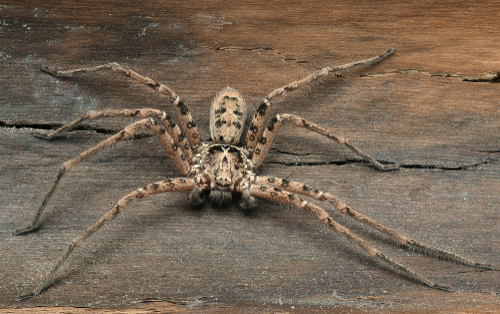
Summer pests: Centipedes and millipedes
Centipedes and millipedes are also common in Australia, and they can be especially active in the summer. Some centipedes in Australia can bite, which can be painful.
As with all summer pest management processes, start by identifying where they’re entering the property. Check for cracks, gaps, and areas with excess moisture, as these pests are drawn to damp environments. Once you’ve located their entry points and hiding spots, use registered insecticides or treatments designed for centipede and millipede control. Apply these treatments in and around the problem areas, like around the foundation, doors, and windows. Make sure to advise your customers not to leave excessive moisture in these areas, as it attracts these pests.
It’s a good idea to inform your customers about the importance of maintaining good drainage and proper ventilation to reduce moisture levels in and around their property. Encourage them to keep their home clean and minimise clutter, as centipedes and millipedes thrive in dark, secluded spaces.
Summer pests: Termites
Termites are a major problem and all-year-round pest for homeowners in Australia but they do thrive in the warmer months. They can cause significant damage to homes, and can be difficult to get rid of.
Termite management requires a thorough inspection as the first step. Check the building’s foundation and surrounding soil for signs of termite activity, like mud tunnels, damaged wood, or discarded wings. The Australian Standard AS3660.2 is your go-to resource here.
Once you’ve identified termite presence, you can use termiticides or baits that are registered and specifically designed for termite control. Check out our piece titled Termite Treatments: What You Need To Know for more on this. These treatments should be applied to the affected areas and possible entry points. In Australia, the use of physical barriers, like termite-proof materials, is also a common practice to prevent termites from entering buildings.
Additionally, tell your customers about termite prevention measures. Encourage them to reduce moisture around their property by fixing any leaks and ensuring proper drainage. Advise them to keep wood and cellulose materials away from the house’s foundation and to maintain proper ventilation in crawl spaces. Regular termite inspections, at least once a year, are essential to prevent the return of termites.
We’ve a wealth of other blog resources on termite pest management, Check them out below:
- Insurance Case Study: Claims Against Termite Pest Control Businesses
- Tips For Pre-Construction Termite Management
- Preventing The Return Of Termites
- Termite Management Plan: What It Is & Why You Need It
- Termite Tree Treatment Reporting Tips
- Impact Of A Real-Life Termite Management Insurance Claim
- How To Avoid A Claim In Termite Management
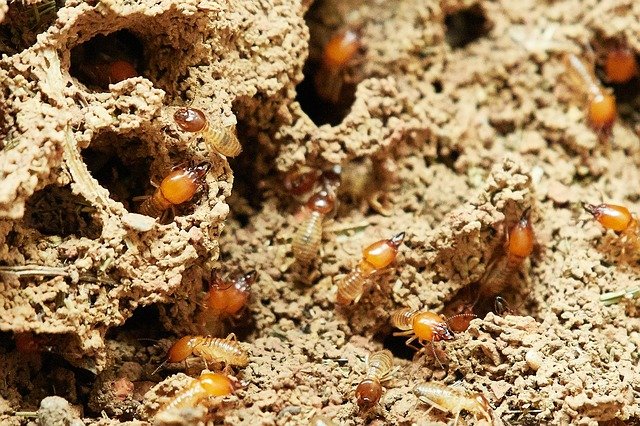
Summer pests: Silverfish
Another summer pest is silverfish. They’re small, wingless insects that can damage paper and other materials. They’re especially active in humid conditions, so more common in the summer.
Start with a detailed inspection of the infested area. Signs of silverfish activity obviously include their silvery, fish-like appearance but also their shed exoskeletons. These pests tend to hide in dark, damp areas, so focus on spaces like bathrooms, kitchens, and basements.
Once you’ve identified the problem areas, use registered insecticides or dust specifically designed for silverfish control. Apply these treatments to the cracks and crevices where silverfish are likely to hide, and pay attention to areas with high moisture levels. It’s also a good practice to advise your customers to fix any water leaks or improve ventilation in these areas to reduce the moisture that attracts silverfish.
Tell your customers about proper storage practices to prevent silverfish infestations. Encourage them to store books, papers, and clothing in airtight containers to make these items less appealing to silverfish. Frequent cleaning and vacuuming can help remove food sources and hiding spots for these pests. If customers have a silverfish problem in their books or paper documents, suggest using a dehumidifier to reduce moisture in the storage area.
Regular follow-up inspections and treatments may be necessary for these pests too.
Summer pests: Carpet beetles
Carpet beetles are small, brown insects that can damage carpets, furniture, and clothing as well as cause allergic reactions in people. They’re especially active in the warmer months and are thus a summer pest.
To manage carpet beetles, start with a thorough inspection of the infested area. Look for signs of carpet beetle activity, such as damaged fabrics, shed skins, or adult beetles. Focus your attention on areas where they typically hide, like closets, carpets, and stored clothing.
Once you’ve identified the problem areas, use registered insecticides or insecticidal dust specifically designed for carpet beetle control. Apply these treatments to the affected spots, making sure to treat cracks and crevices where the larvae might be hiding. Additionally, recommend that your customers wash and dry-clean their clothing and fabrics to eliminate any hidden larvae or eggs.
Educate your customers about proper storage practices. Encourage them to keep their unused clothing and linens in sealed plastic bags or containers to prevent carpet beetle infestations. Regular vacuuming and cleaning, especially in areas with heavy carpet beetle activity, can also help keep them in check. Frequent inspections and follow-up treatments may be necessary to ensure that the infestation is completely eliminated. By combining effective insecticides with customer education and proactive prevention, you can professionally manage carpet beetle problems in Australia.
Read more: Spotlight: Pests That Are Difficult To Identify
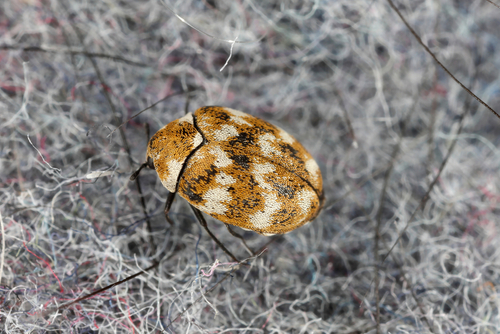
Insurance for the unexpected
When you’re out dealing with summer pests for your customers, you’ll want to make sure you have adequate insurance on the job. Keeping your insurance valid and up to date is crucial if you conduct any sort of pest control or property services activity. Letting your pest control insurance expire can be very costly.
Why not see what cost-effective insurance Rapid Solutions has to offer, such as our professional indemnity insurance and general liability insurance?

